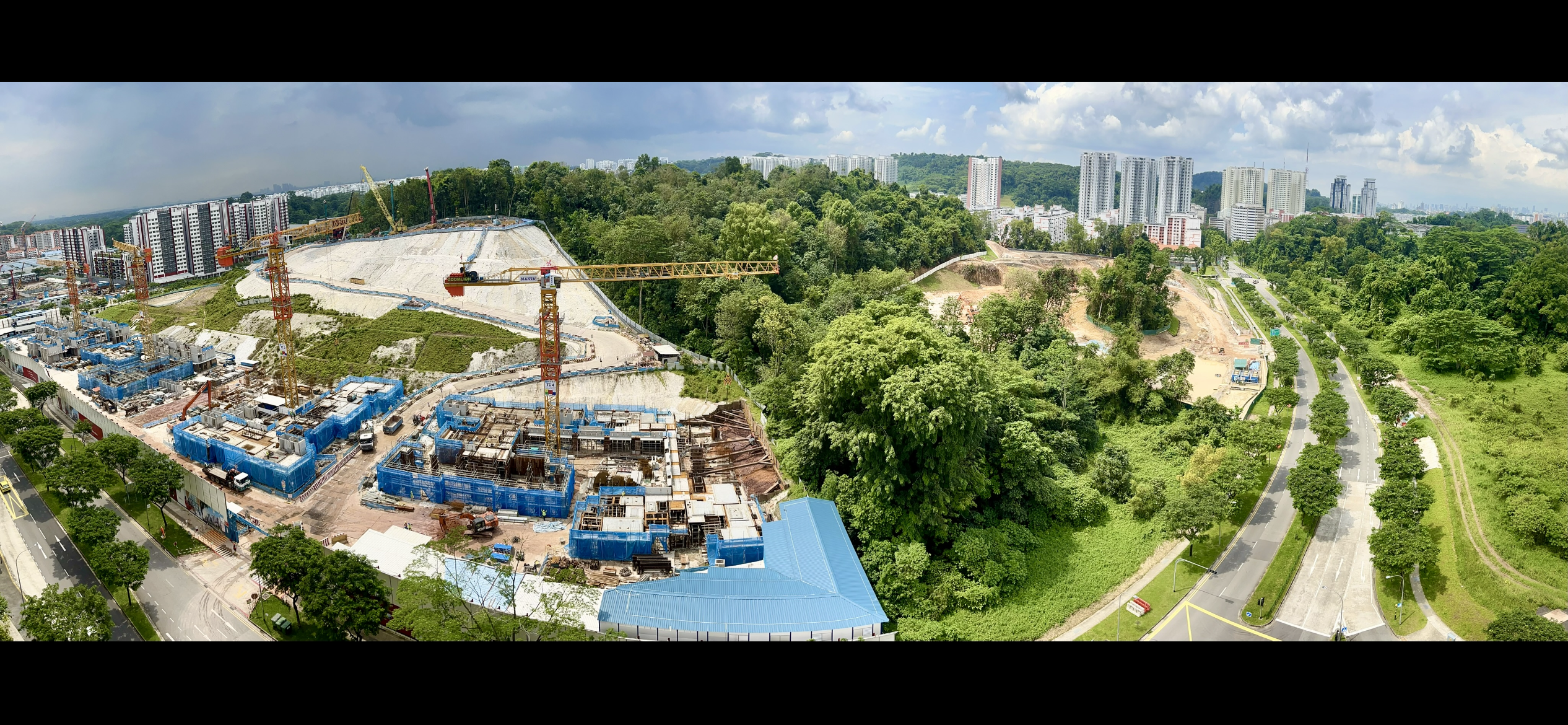January 2022
-
Sighting of a reticulated python (and what to do if you encounter one)
During my lunch shift earlier this afternoon, I was pushing my bicycle past a large tree when I saw something moving on my right side. It was a young reticulated python, apparently disturbed from its sleep at the foot of the tree along Kallang River PCN. I stopped to observe it, and it appeared a… Continue reading
-
How deforestation and climate change may be related to flash floods during northeast monsoon season 2021-2022
Deforestation and urbanisation in Southeast Asia have been contributing to warmer temperatures, resulting in a chain reaction of stronger air turbulence and more extreme weather events such as stronger monsoon winds and heavier storms, leading to more severe floods. The floods have also been exacerbated by the increase in sediments from the exposed soil eroded… Continue reading
